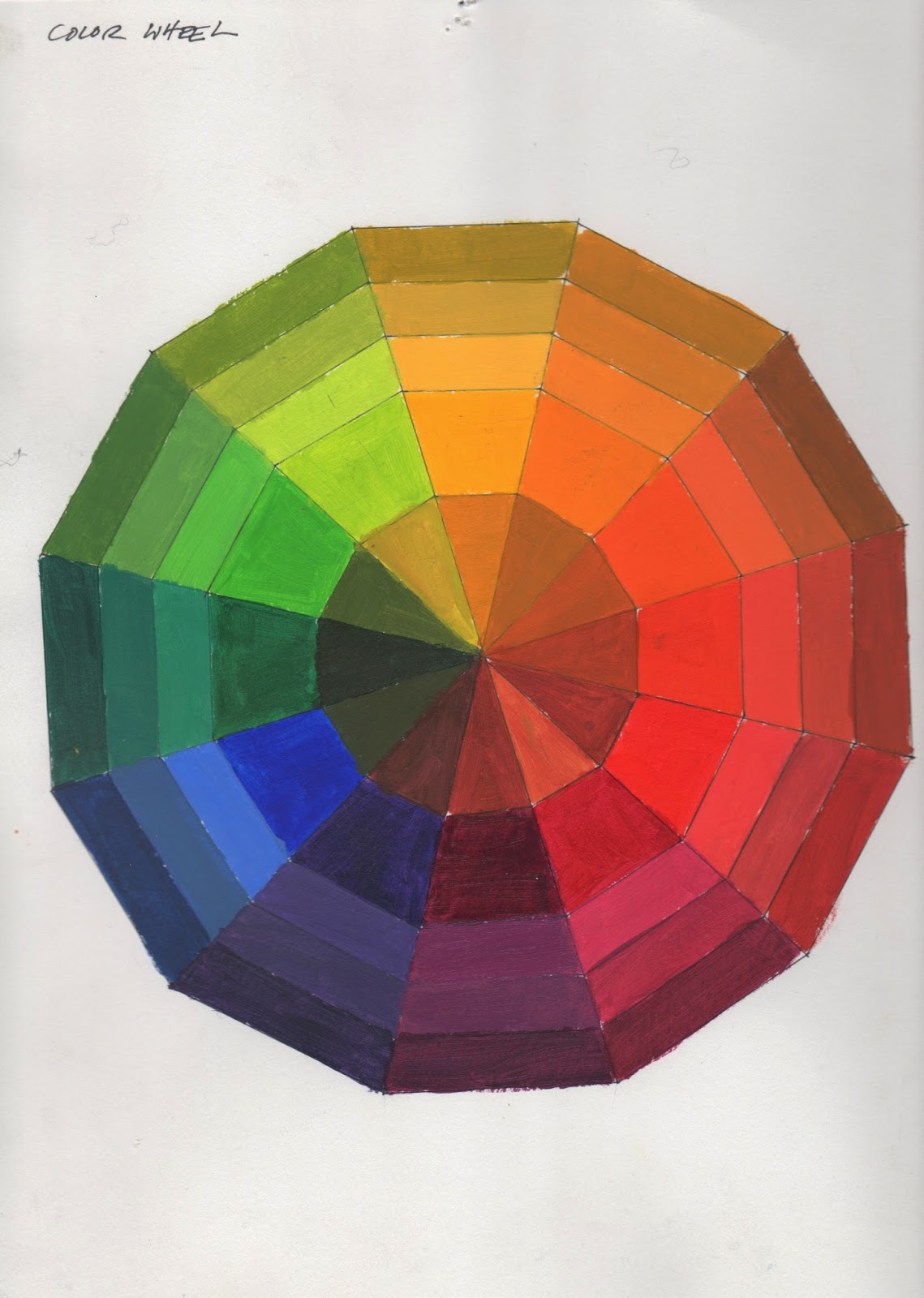MATERIALS:
Open medium: collage, drawing, painting, photography,
Photoshop, Illustrator, etc.
REVIEW:
All “elements of design” and
“principles of design” on 2ddesignnscc.blogspot.com
OBJECTIVE:
To create a 3-panel illustration of a narrative (story)
from the following options:
-
Book (novel, poem, fairytale, etc.)
-
Song
-
Newspaper article or essay
Things to Consider
- choose your reference material based on your interest in
the story as well as its potential for visual translation: are there words,
objects, interactions that will make for a compelling illustration?
- rather than thinking about an entire book or song,
consider narrowing the scope of your illustrations to single verses, chapters, scenes or lyrics. Pick those that have rich visual
language.
- you may take a representational
or abstract approach: consider how
all of the elements & principles of design can enhance the narrative
- how will you make your three images consistent? Color,
shape, composition? Think visual style.
PREPARATION:
-
choose your reference material and make a list of
the visual words & objects you find within the text
-
make a list of emotions you associate with the
text: i.e. sad, confused, angry, joyful
-
decide on a color scheme & overall composition
that reflects the above lists
-
create several rough drafts or sketches before
deciding on three final designs
PRESENTATION:
-
any size or format you choose mounted on
illustration board or Bristol paper with a border around it
-
Part of the inspiration text should be mounted with
the design (text should be separate
from your designs and should use simple font like Times New Roman, Helvetica,
etc.).
-
ONE OPTION: three 6” x 8” designs and inspiration
text mounted on 15” x 22” illustration board
QUESTIONS TO BE PRESENTED FOR FINAL CRITIQUE:
Describe the story you are illustrating: what is the
emphasis of the narrative (the characters or subjects, the mood, etc.) and how
did you relate this through your design choices? How does your color palette reflect the feeling of the
story? How did you maintain
consistency across the three illustrations while also achieving variety? How do you think you were successful
and what might you change if you were to illustrate this again?
DATES:
Studio time: Wed 6/4, Mon 6/9, Wed 6/11
(in-progress critique), Mon 6/16
Due: Wed
6/18 (FINAL PRESENTATIONS)
PAST STUDENT EXAMPLES (please note: examples shown below are without the text, which is typically mounted below each image):














